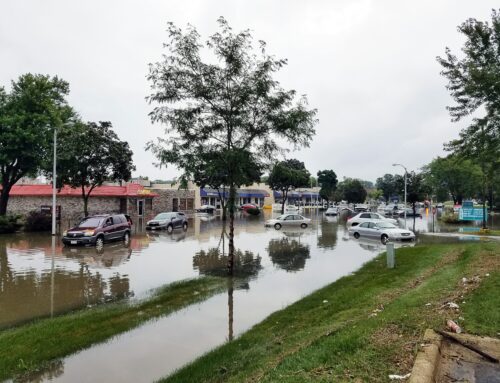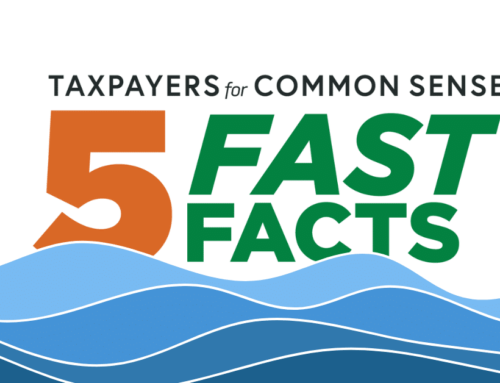Amtrak's timing couldn't have been finer when they announced last week that if the federal government couldn't come up with a $200 million bailout, they would be forced to begin a complete shutdown of America's rail service. With the 4th of July congressional recess and holiday weekend just around the corner, Amtrak's leadership knew that the last thing Congress wanted was to be greeted back in their home districts by angry constituents demanding to know why more couldn't be done to keep the nation's only passenger trains on track.
This saga is merely a repetition of what has occurred almost every year throughout Amtrak's 31-year history of constant financial mismanagement compounded by congressionally mandated service to places where it's just not profitable for trains to go. Year after year Congress has approved short-term fix-it budgets that have worked to get the company out of its latest pinch but failed to address the root cause behind Amtrak's poor long-term financial health. Then, lawmakers have further complicated budget problems when they legislate that trains keep running on some of the least profitable routes to congressional districts in far-away places.
Amtrak has never had a profitable year — last year alone they lost $1.2 billion and even in the Northeast corridor where more than half of their passengers are carried, they are hanging on by the skin of their teeth. The most recent crisis resulted from auditors discovering over $200 million in unknown losses. Without a doubt, there is a lot more that the company can do to get their financial ship in shape. However, it's political fantasy for Congress to expect that passenger rail service make a profit while living one hundred percent free of federal investment in infrastructure.
In 1997, Congress set Amtrak up for failure by mandating that the company be capable of surviving free of government subsidies within 5 years. Ironically, every other means of transit that Amtrak competes with for passengers either directly or indirectly benefits from massive government subsidies. The nation's bus companies drive on interstate highways that depend upon $30 billion in transportation funding every year. Airlines couldn't survive without federal funds for air-traffic control, runways, or last year's $15 billion bailout. Yet, Amtrak is mandated to stay afloat with no federal support for infrastructure costs including tunnel repairs, track improvement and signal systems.
Derailing Amtrak would create a massive headache for the 60,000 passengers who travel by train each day and the thousands who rely on local commuter trains serviced by Amtrak. After removing subsidies that go to Amtrak, the government would have to increase the subsidies that go to bus operators, the airlines, and road maintenance funds since the number of people using buses, planes, and cars would instantly increase. Without any private train operators waiting in the wings to take over Amtrak's business, the lack of a rail system would create a massive transportation crunch, especially in areas where traffic congestion is a four-letter word.
While the administration's approval of loans to keep Amtrak afloat sensibly prevents the transportation chaos that a shutdown would have created, the focus needs to turn to proposing a national rail policy that works for everyone. It's time to get the nation's rail service back on track by developing a plan that can meet the long term needs of rail travelers, not the short-term interests of politicians. Likewise, Amtrak needs to develop financial management practices that don't involve threatening Congress and America's train-riding public on a yearly basis.











Get Social